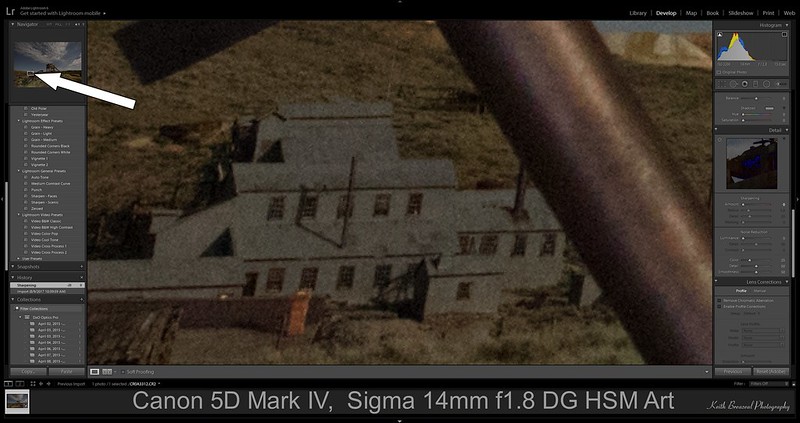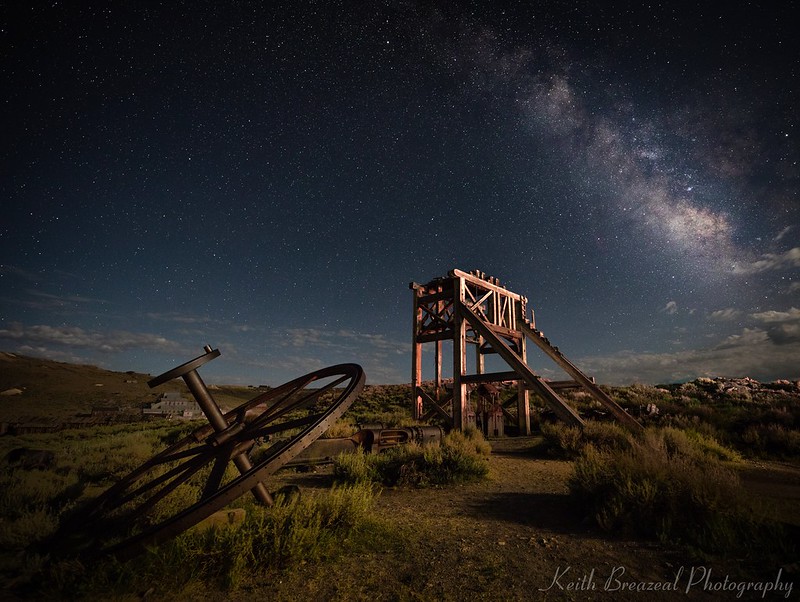HTML:
DPReview has posted an even more in-depth look at how the Sigma 14mm f/1.8 DG HSM Art series lens works for astrophotography.</p>
<p><strong>From DPReview:</strong></p>
<blockquote><p>As I mentioned, my go-to lens for wide-field astrophotography is the Nikkor 14-24mm F2.8G ED. If I needed to pick just one lens to photograph the night sky, would I trade it for the Sigma 14mm F1.8 DG HSM Art? The answer is yes. Although I often use the Nikkor lens at different focal lengths to photograph buildings and monuments (it’s the perfect lens for cathedral interiors), I rarely use it to photograph the sky at focal lengths others than 14mm. When taking single shots of the night sky (something I often do while other cameras are shooting time-lapse sequences) the extra 1.3 f-stop would allow me to take shorter exposures and use that gained time to creatively experiment with different compositions and angles. <a href="https://www.dpreview.com/articles/1717621214/astrophotography-with-the-sigma-14mm-f1-8-art-lens">Read the full story</a></p></blockquote>
<p>It looks like if you’re into shooting the night skies, this new Sigma is going to leave you very impressed.</p>
<p><strong>Sigma 14mm f/1.8 DG HSM Art:</strong> <strong><a href="https://bhpho.to/2rkYCub">B&H Photo</a></strong> | <strong><a href="https://mpex.com/sigma-14mm-f1-8-dg-hsm-art-lens-canon.html?acc=3">MPEX</a></strong> | <a href="http://www.awin1.com/cread.php?awinaffid=292297&awinmid=6241&p=https%3A%2F%2Fwww.parkcameras.com%2Fp%2FG242324C%2Fcanon-lenses-ef-mount%2Fsigma%2F14mm-f18-dg-hsm-art-ultra-wide-angle-canon-fit-lens">Park Cameras</a> (UK)</p>
<span id="pty_trigger"></span>
<div style="font-size:0px;height:0px;line-height:0px;margin:0;padding:0;clear:both"></div>


